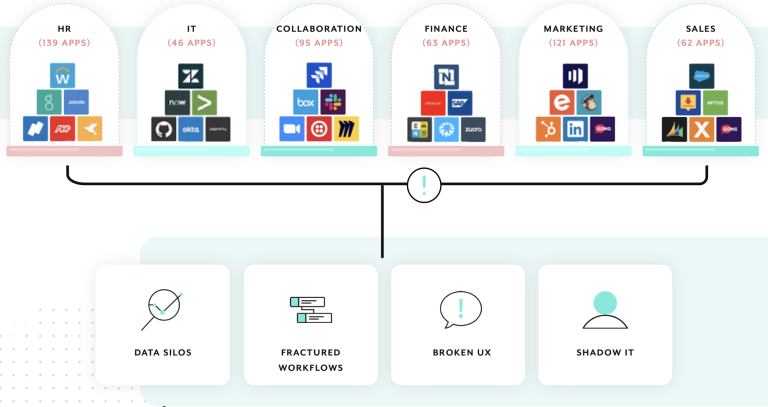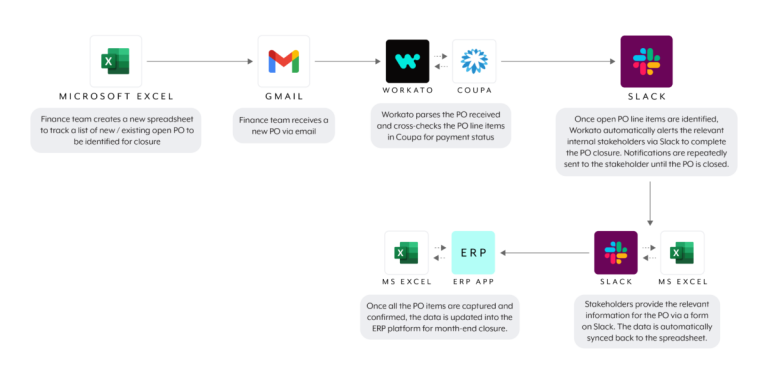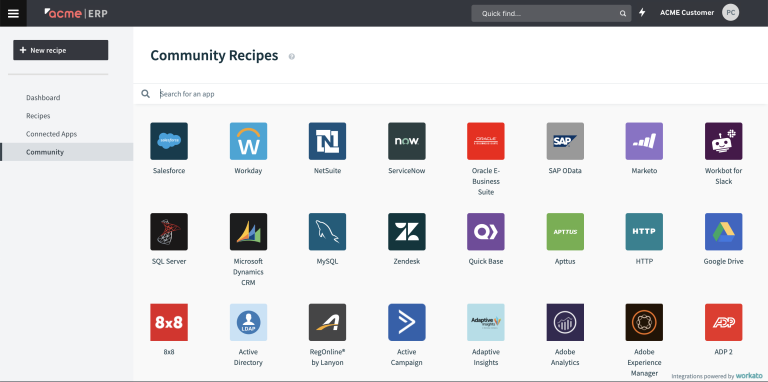Chargebee NetSuite Integration Seamless Synergy
Chargebee NetSuite integration offers a powerful solution for businesses seeking to streamline their subscription management and billing processes. This integration seamlessly connects Chargebee’s robust subscription platform with NetSuite’s comprehensive ERP system, automating key tasks and improving overall operational efficiency. By automating invoicing, payment processing, and inventory management, businesses can reduce manual work and increase accuracy, ultimately leading to significant cost savings and improved profitability.
This integration covers various use cases, from basic subscription management to complex pricing models and custom reporting. The detailed explanation of the process, implementation considerations, and advanced use cases will provide a comprehensive understanding of how to effectively leverage this powerful tool.
Integration Overview: Chargebee Netsuite Integration
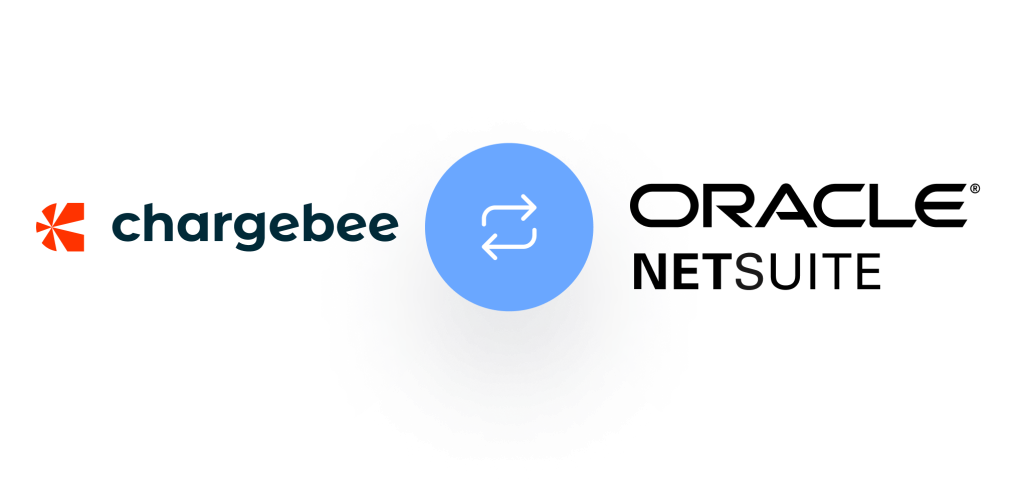
The Chargebee NetSuite integration provides a seamless connection between your subscription management platform and your accounting system. This integration streamlines crucial business processes, enabling businesses to manage subscriptions, track inventory, and automate financial transactions, all within a single, unified platform. This eliminates data silos and enhances operational efficiency.
The integration leverages Chargebee’s robust subscription management capabilities and NetSuite’s comprehensive financial management system. This powerful combination empowers businesses to gain real-time visibility into their subscription data, enabling informed decision-making and improved financial forecasting.
Integration Process
The integration process involves connecting Chargebee with your NetSuite account. This connection is typically facilitated through an API, allowing real-time data synchronization between the two systems. Data mapping is crucial to ensure that the correct information is transferred between platforms. This process is often guided by the respective platform’s documentation.
Benefits of Integration: Chargebee NetSuite Integration
Integrating Chargebee with NetSuite offers numerous advantages for businesses managing subscriptions. These include reduced manual data entry, minimizing errors, and gaining greater visibility into subscription performance metrics. Real-time data synchronization between systems allows for better financial planning and forecasting. Automation of key tasks such as invoicing and payment processing reduces operational costs and improves overall efficiency.
Use Cases
The Chargebee NetSuite integration finds application in various business scenarios. Businesses in subscription-based industries, like SaaS, software, and online services, can benefit greatly from this integration. This integration can effectively manage recurring revenue streams and improve revenue recognition. Efficient subscription management reduces administrative overhead and allows businesses to focus on growth strategies.
Key Features and Functionalities
| Feature | Description | Benefit | Example |
|---|---|---|---|
| Subscription Management | Managing subscriptions, renewals, and cancellations within a unified platform. | Streamlined subscription workflow, minimizing manual tasks. | Automatic renewal reminders facilitate timely payments. |
| Invoicing and Payments | Automating invoicing and payment processing based on subscription details. | Reduced manual work, improved accuracy, and reduced errors. | Generating invoices automatically based on subscription renewals. |
| Inventory Management | Tracking inventory levels in real-time based on active subscriptions. | Preventing overselling and optimizing inventory. | Alerts for low stock based on active subscriptions, helping prevent shortages. |
Implementation Considerations
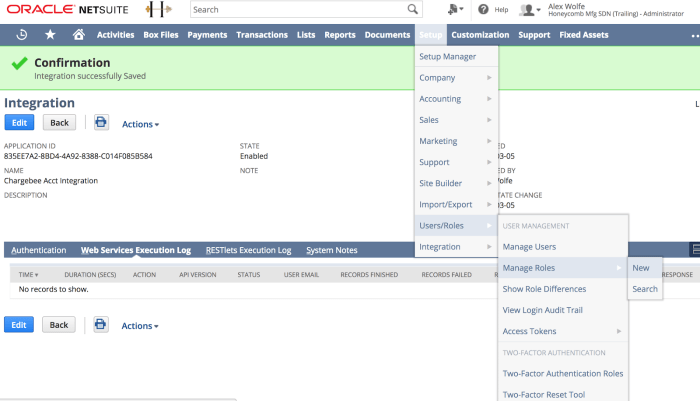
Source: chargebee.com
Implementing the Chargebee NetSuite integration requires careful planning and execution to ensure a smooth transition and optimal performance. This section details the crucial steps, considerations, and potential challenges associated with the setup and configuration process. Thorough preparation and attention to detail will minimize risks and maximize the benefits of this integration.
The successful integration hinges on a robust understanding of both Chargebee and NetSuite systems. Understanding the data structures, fields, and limitations of each platform is vital for a seamless transfer of information. This section also highlights data migration strategies and customization options to cater to specific business needs.
Prerequisites for Implementation
A successful Chargebee NetSuite integration necessitates meeting specific prerequisites. These prerequisites ensure compatibility and data integrity throughout the process. Properly configuring and validating these aspects before commencing the integration process is crucial.
- Active Chargebee and NetSuite Accounts: Both platforms must be actively functioning and configured to allow for API access and data exchange.
- API Keys and Access Permissions: Secure API keys and necessary permissions for accessing data in both Chargebee and NetSuite are essential. Ensure that appropriate permissions are granted to prevent unauthorized access.
- Technical Expertise: Implementation often requires technical expertise in handling integrations, API calls, and data manipulation. A team with relevant experience should be involved to facilitate the setup process.
- Data Validation Procedures: Defining clear data validation procedures to ensure data accuracy and consistency is critical. This minimizes errors during the migration and integration process.
Setup and Configuration Steps
The integration setup involves several key steps. Following these steps meticulously ensures a smooth and error-free integration.
- Account Configuration: Establish necessary account settings in both Chargebee and NetSuite, including API keys and access permissions.
- API Integration: Configure API connections between Chargebee and NetSuite, ensuring proper authentication and authorization mechanisms.
- Data Mapping: Define clear mapping between relevant fields in Chargebee and NetSuite to ensure accurate data transfer.
- Testing and Validation: Conduct rigorous testing to validate the integration and identify any potential issues.
Potential Challenges and Troubleshooting
During the integration, potential challenges may arise. Addressing these challenges proactively is key to minimizing disruptions.
- Data Inconsistencies: Discrepancies in data formats or structures between Chargebee and NetSuite can cause issues. Careful data mapping and validation are crucial to address this.
- API Errors: API errors may occur during data exchange. Troubleshooting tools and documentation can aid in identifying and resolving these errors.
- Performance Issues: Large datasets can sometimes lead to performance problems. Strategies for optimizing data transfer and minimizing load on both platforms should be implemented.
Data Migration Procedure
A step-by-step data migration procedure is vital for seamless data transfer.
- Data Extraction: Extract the necessary data from Chargebee, ensuring accuracy and completeness.
- Data Transformation: Transform the extracted data to match the required format in NetSuite.
- Data Loading: Load the transformed data into the designated NetSuite tables.
- Post-Migration Validation: Verify the accuracy of the migrated data in NetSuite to ensure completeness and avoid errors.
Data Synchronization Methods
Different approaches exist for synchronizing data between Chargebee and NetSuite. Each method has its advantages and disadvantages.
| Method | Description | Advantages | Disadvantages |
|---|---|---|---|
| Real-time Synchronization | Continuous data exchange | Up-to-date data | Potentially high resource consumption |
| Scheduled Synchronization | Data exchange at predefined intervals | Controlled data transfer | Potential for delays in data updates |
Customization Options
Customization options allow tailoring the integration to specific business needs. This flexibility is vital for optimizing the integration’s effectiveness.
- Custom Fields: Create custom fields in NetSuite to capture specific Chargebee data points not directly available.
- Workflow Automation: Integrate workflows to automate tasks based on specific events in either Chargebee or NetSuite.
- Custom Reporting: Create custom reports to gain deeper insights into the integrated data.
Advanced Use Cases and Best Practices

Source: letsnurture.ca
This section delves into the more sophisticated applications of the Chargebee-NetSuite integration, exploring its capabilities beyond basic subscription management. We’ll examine custom reporting and analytics, complex pricing models, integration optimization, and maintenance strategies.
The Chargebee-NetSuite integration empowers businesses to manage complex subscription models efficiently. Understanding the advanced functionalities and best practices allows businesses to leverage the integration to its full potential, leading to streamlined operations and improved decision-making.
Custom Reporting and Analytics
The integration offers robust reporting capabilities, allowing businesses to tailor reports to specific needs. This includes generating custom dashboards and reports to monitor key performance indicators (KPIs) related to subscription performance, revenue, and customer churn. Detailed reports can be extracted and analyzed to gain insights into customer behavior, helping businesses make data-driven decisions regarding pricing strategies, product development, and marketing campaigns. For example, a report could track the revenue generated by different subscription tiers, identifying which tiers are performing well and which need improvement.
Complex Pricing Models and Subscription Tiers
The integration supports various pricing models, including tiered subscriptions, volume discounts, and tiered access levels. Businesses can define complex pricing structures with different tiers and features, ensuring accuracy in billing and revenue recognition. For example, a software company might offer different subscription tiers with varying feature sets and pricing. The integration allows for the seamless calculation of revenue based on the chosen tier and any associated add-ons or discounts. Custom pricing rules and tiered access control can be defined and managed within the integration.
Optimizing Integration for Performance and Scalability
To ensure optimal performance and scalability, proper configuration and resource management are crucial. For example, regular monitoring of API calls, database queries, and transaction volumes can help identify bottlenecks and optimize resource allocation. Utilizing caching mechanisms can improve response times and reduce load on the servers. The integration’s scalability depends on the chosen cloud infrastructure and the specific needs of the business. Testing the integration with anticipated volumes of data and transactions is essential for ensuring smooth performance under various conditions.
Integration Platform Comparison
The following table compares different integration platforms based on features, pros, cons, and suitability for different business sizes.
| Platform | Features | Pros | Cons |
|---|---|---|---|
| Chargebee | Subscription management, billing | Easy setup, intuitive interface | Limited customization options |
| NetSuite | ERP, CRM | Comprehensive features | Steep learning curve |
| Other | Specific functions | High customization | High cost |
Best Practices for Maintenance and Updates
Regular maintenance and updates are essential for ensuring the integration’s continued functionality and security. This includes:
- Regularly reviewing and updating integration configurations. This ensures the integration remains aligned with evolving business needs and system changes.
- Implementing automated testing procedures. Testing prevents issues from impacting live operations.
- Staying informed about updates and bug fixes. Keeping up-to-date with patches and improvements minimizes vulnerabilities and enhances security.
- Implementing version control strategies. This ensures that changes to the integration are tracked and managed effectively.
Following these best practices will help maintain the integrity and reliability of the integration over time.
Conclusive Thoughts
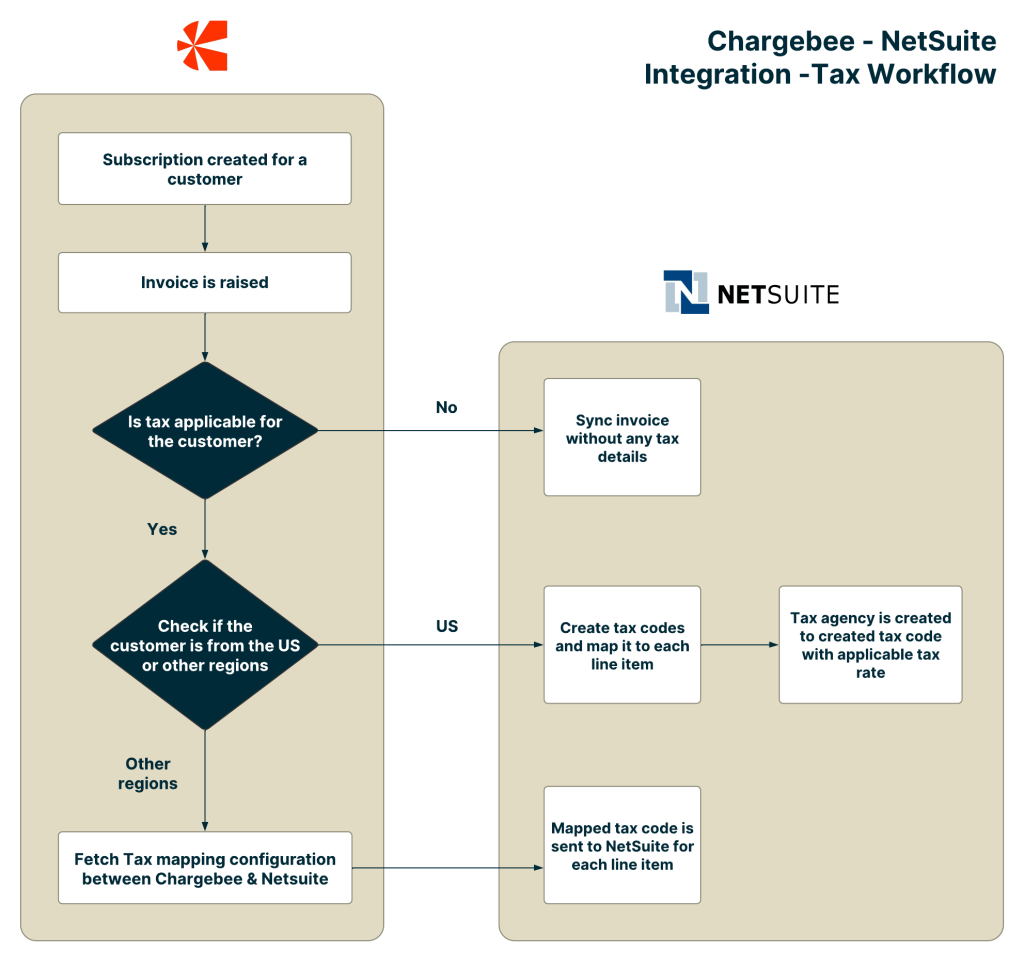
In conclusion, Chargebee NetSuite integration presents a compelling opportunity for businesses to enhance their subscription management and billing operations. The integration streamlines processes, reduces manual effort, and provides valuable insights through reporting and analytics. By understanding the implementation considerations and advanced use cases, businesses can maximize the benefits of this powerful tool, ultimately achieving greater operational efficiency and profitability.
